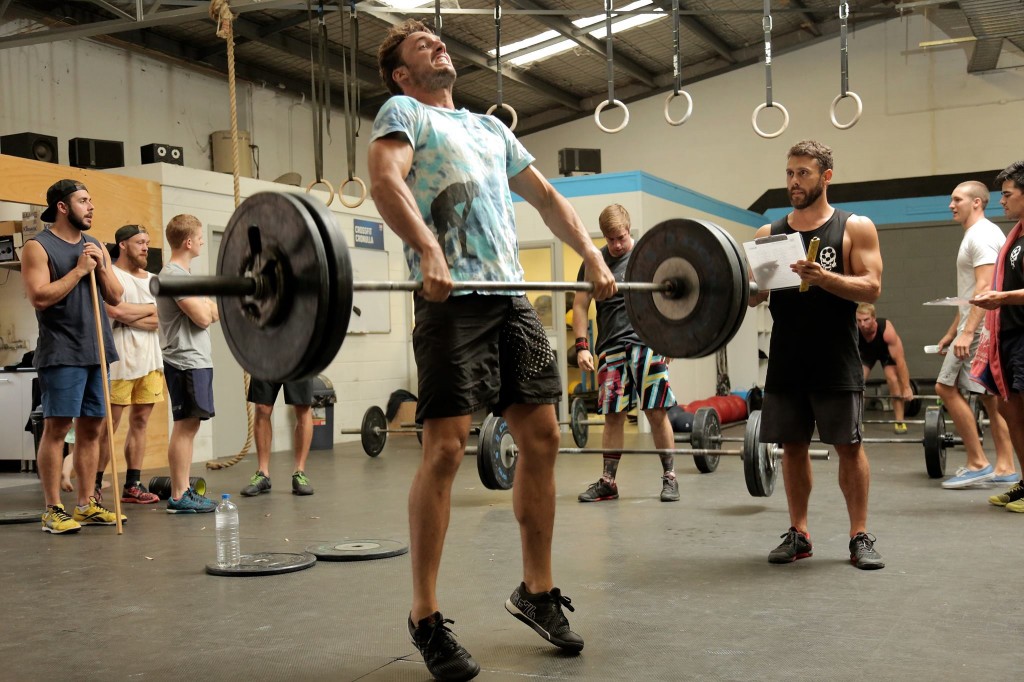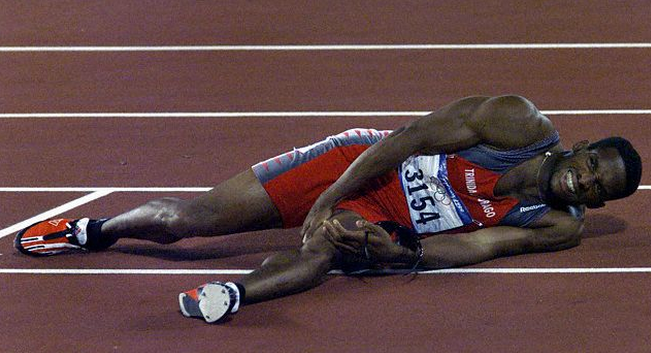
High intensity training (HIT) is the umbrella term for a form of exercise involving pushing the body hard as often as possible and to its limits. It differs from the similarly-named HIIT in that there are no intervals – only maximum exertion, and lower rest. The benefits can be huge – a recent British Medical Journal study linked longer life with regular HIT workouts versus other, standard forms of exercise. Getting HIT right, and staying safe from injury, can be difficult, however, and beginners must take baby steps before taking up the practice full time.
Starting out
Beginning a HIT regimen means learning how it works. HIT works through progressive overload: pushing your body to the peak of its performance before lowering it down again, and then pushing it once again. That means finding your limits, and sticking to them at first, is important. Bustle recommend putting a HIT-style variation on your normal workouts. Take running for example. Instead of going for a normal run, you sprint as hard as you can to exhaustion, and then go again once you’ve got your breath and energy back. It’s a simple way of exercising, and can be quite fun.
Avoiding injury
Both HIIT and HIT run the risk of injury, as they necessitate pushing your body harder than ever before. MyFitnessPal assert that longer rest times are the key to avoiding injury. This means both in between exertion phases and between sessions, depending on whether you’re doing HIIT or HIT. Opt for low-impact workouts on your days off, such as swimming. Don’t worry about taking time off, either: these workouts are famed for their long-term impact, helping to improve the fitness of the body and its ability to stave off weight gain days after a workout, and create real long-term gains.
Mastering the craft
The key to mastering HIT is in getting better and faster. Pushing your body further, and making active periods ever more intense, is the key. Just ensure you keep it HIT-focused – you won’t see the same results, and will risk injury, by extending your high performance sections past their needed duration. Don’t overdo HIIT, either: according to Insider, studies have shown that there is too much of a good thing, and some runners endure metabolism and blood sugar changes after overdoing exercise.
Done securely, however, HIT is a wonderful addition to any workout regime. It will give you better gains in strength and endurance, and does really good work for your heart. HIT may carry a higher risk of injury, however, so manage it like you would in any other athletic pursuit – carefully, and by listening to your body.

















Follow Us